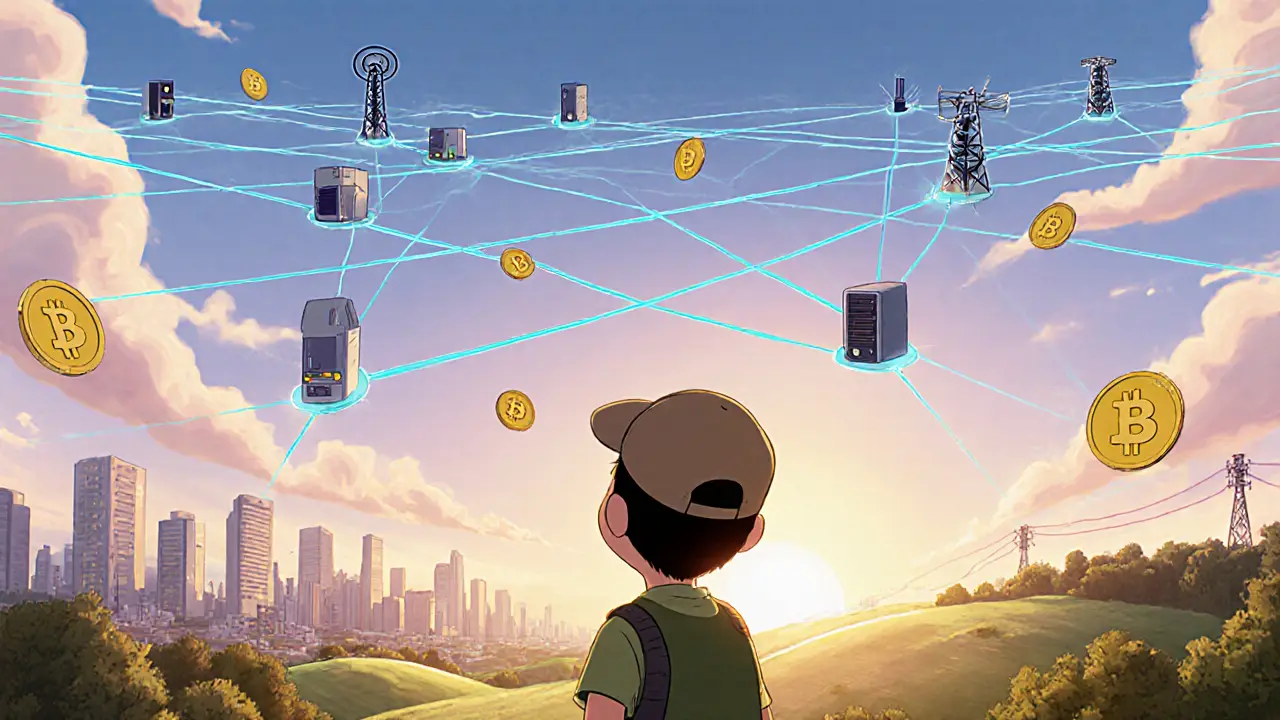Explore DePIN token economics, covering supply models, incentives, utility, market performance, risks, and a practical checklist for participants.
DePIN Tokenomics: Understanding the Economics of Decentralized Physical Infrastructure Networks
When exploring DePIN tokenomics, the study of how tokens power decentralized physical infrastructure networks. Also known as Decentralized Physical Infrastructure Networks, systems that combine real‑world assets like sensors, towers or energy stations with blockchain‑based incentives, you’ll see a blend of finance and hardware. A second key player is the utility token, the asset that grants access, rewards participation, and fuels governance within a DePIN. Together, these entities set the stage for a new economic model where crypto meets tangible services.
Key Elements of DePIN Tokenomics
At its core, DePIN tokenomics encompasses three pillars: supply design, reward distribution, and governance rights. Supply design dictates the total token count, inflation schedule, and any burn mechanisms. Most projects cap supply but add a controlled inflation rate to fund ongoing network expansion. Reward distribution hinges on staking rewards—participants lock tokens to secure the network or provide physical services, then earn a share of newly minted tokens. This creates a feedback loop: more staked tokens boost network reliability, which attracts more users and data traffic. Governance rights let token holders vote on protocol upgrades, fee structures, or new infrastructure deployments, ensuring the system evolves with community consensus.
Real‑world examples illustrate these concepts. Helium, a pioneering DePIN, issues HNT tokens that miners earn by hosting LoRaWAN hotspots. Its tokenomics blends a decreasing emission schedule with hotspot‑based staking, aligning incentives with coverage goals. Another case is the Althea network, where utility tokens power mesh‑based broadband service and reward bandwidth providers. Both projects show how token supply, staking incentives, and utility token utility form a cohesive economic engine. As new DePINs launch, watch for transparent token charts, clear inflation paths, and well‑defined staking returns—these signals often separate sustainable networks from hype‑driven copies.
Below you’ll find a curated list of articles that break down each of these aspects in detail, from deep dives into supply models to step‑by‑step guides on staking strategies. Whether you’re a casual investor or a developer building the next DePIN, the insights ahead will give you a solid footing in this fast‑growing niche.





